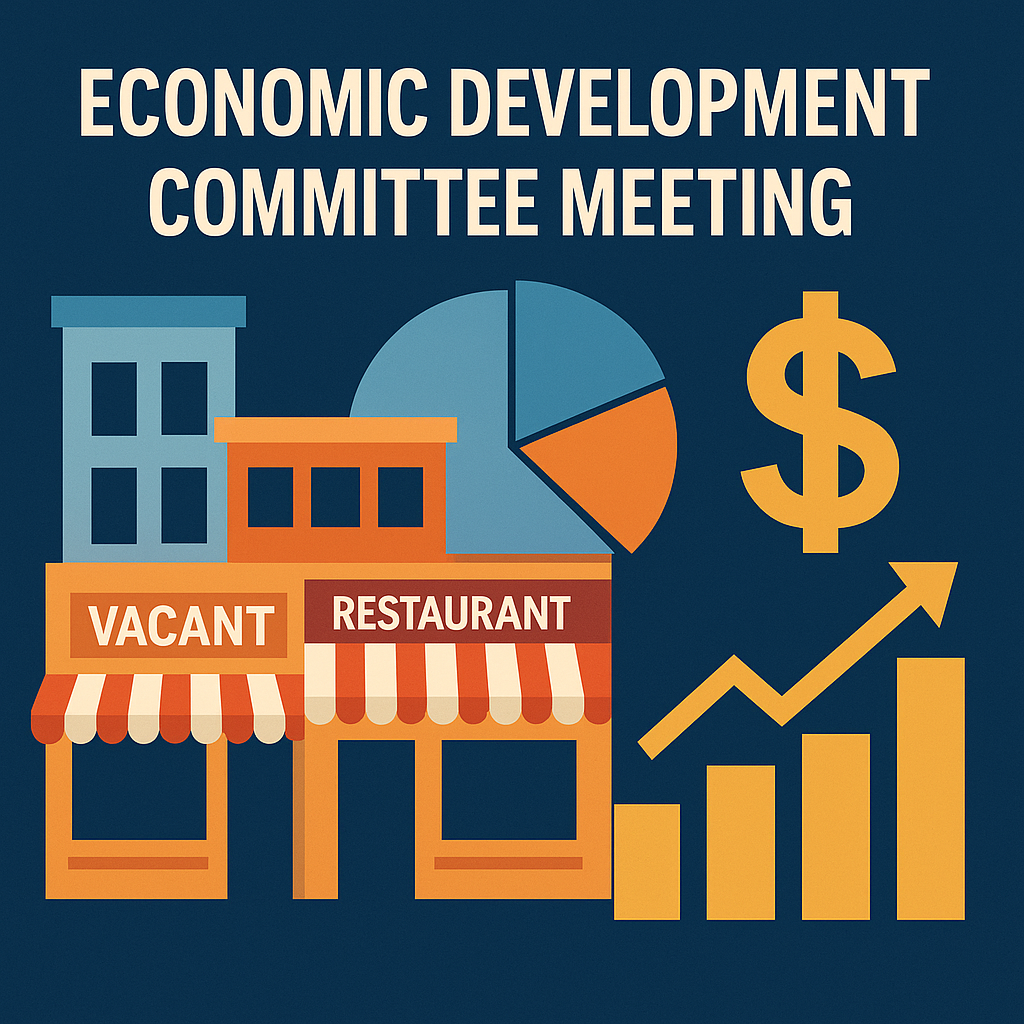The Economic Development Committee met on September 12 to discuss their latest development initiatives.
The committee debated the potential benefits of implementing vacancy fees for empty storefronts and the feasibility of revisiting MBTA community zoning to increase housing density for its potential property tax revenues. Members also considered the financial impact of town home development on Orchard Lane and the potential for leveraging small tax revenues from meals and room taxes.
Chair Rebecca Stanizzi addressed the committee on the issue. “So high impact things are encouraging town homes and revisiting MBTA communities encouraging town homes,” she said. “Our existing commercial tax base is $160 million. Alta Oxbow itself was $73 million — it just sold for $98 million [so] that gives you perspective. It’s this high, big, splashy thing going on, but town homes are the quiet engine. We don’t have to build more Alta Oxbows, nor should we.”
She noted that that project solved the town’s 40B affordable housing issue and that “our existing condominium townhouse base is three and a half times our commercial tax base. It dwarfs our commercial tax base… This is our financial engine in this town,” she said.
David Villari highlighted the potential of using cell phone data for tracking information for determining foot traffic at Town Center and also proposed a pavilion project. “For $25,000 I can pour a three-inch slab of concrete, get a 16-by-16 post-and-beam pavilion down and throw some $250 Home Depot picnic tables right? If someone tells you that’s $75,000 they’re lying… that is a cheap, easy construct. [But] you have to go through a procurement law… that’s part of the systemic problems that towns have.”
Stanizzi emphasized the need for environmental clearance and health department approval for projects. Karen Kelly suggested collecting data from local residents and businesses via email rather than in-person at events.
The committee also discussed the impact of a playground on property values, the need for private fundraising for landscaping, and the importance of coordinating with local businesses. They planned to continue to advocate for the Route 20 corridor’s zoning update and discussed the potential benefits of shared parking and improved signage.















